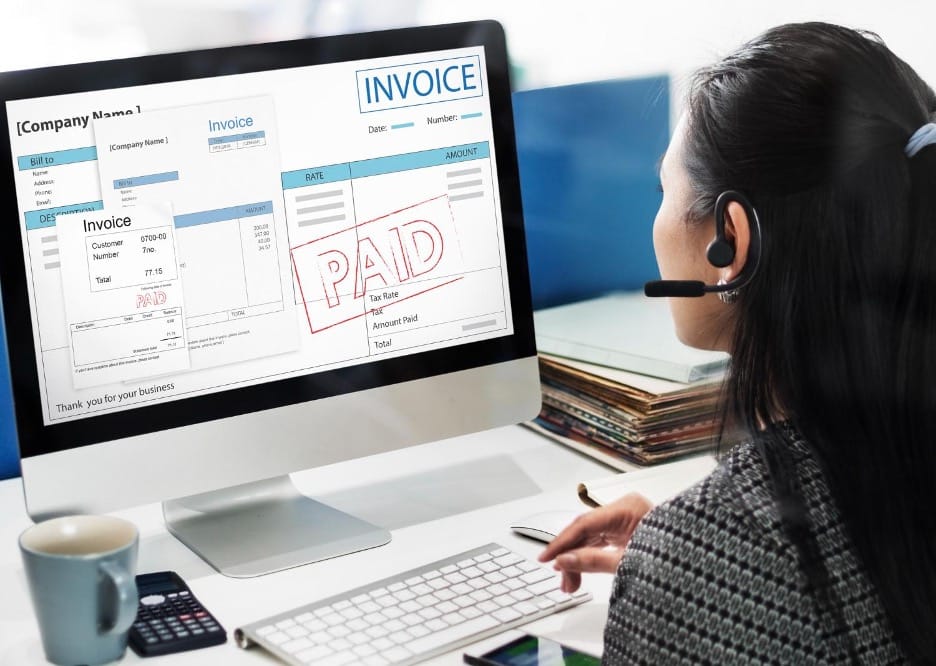The real hindrance to business growth lies in the reluctance to embrace technology for advancement.
Outdated practices hinder progress, like relying solely on email for internal communication or enforcing full-time office presence. Bid farewell to these practices for the sake of both customers and employees. Streamlining processes through tech adoption boosts revenue and fosters employee satisfaction.
Don’t believe us?
Statistics reveal that firms incorporating emerging technologies witness a remarkable 58% increase in annual revenue.
Imagine a chaos-free workspace where operations flow seamlessly. This happens by leveraging technology. To stay ahead in 2024, we’ve listed four such tech and online tips for entrepreneurs in the article. However, before diving right into it, let’s understand why and where you can streamline business processes.
Where streamlining business processes is needed
If you own a business, you indefinitely want the two most important S’s–structure and strategy.
Here’s when streamlining business operations becomes your secret weapon. It gives your business a structure to perform all functions across departments optimally. Simplifying processes, however, is broader than a specific organization department. From customer onboarding to employee onboarding, business operations must be streamlined at the employee and customer front. Because both of them directly affect one another.
Let’s look at a few generic areas that businesses should streamline.
Registration processes
First things first, make the registration process as simple as possible.
Be it for customers or aspiring employees, digitize paperwork as much as possible for a smooth client and onboarding initiation. Doing so is crucial to attract top talent and retain clients regardless of your business type.
Customer support
56% of customers say a brand’s customer service often doesn’t match the image they portray. This states the importance of having quick customer support. Here’s when integrating chatbots comes in.
Invoicing and financing
Streamlining customer payments with technology reduces errors and improves cash flow. Using tools like invoicing software is essential for error-free and prompt billing to improve cash flow by automating recurring payments.
Now let’s deep dive into four smart ways to leverage tech in streamlining business processes.
1. Simplify legal formalities with SaaS agreement templates
Business is more than HR, accounting, and admin. Much more time gets invested into fulfilling legal issues such as contracting. Incorporating a simple SaaS agreement template in these use cases is strategic. It simplifies legal complexities, ensures your business operates seamlessly, and is legally sound.
It makes documentation easy
Legal processes are tedious by nature. Moreover, if there’s an error in documentation, it costs you ample time and even money in certain cases. Relying on SaaS templates ensures accurate documentation for SaaS transactions.
Saves time
The time saved in drafting contracts from scratch could be used for other productive tasks. With agreement templates, filling up the document only takes a few minutes as it provides a ready-made foundation.
It is user-friendly
Since you can customize templates to meet the unique requirements of your SaaS business, it allows for flexibility while ensuring legal compliance. So even a person without extensive legal experience will find it easy to draft a contract.
2. Elevate your ecommerce site with B2B barcode scanning
There are more than 26.5 million eCommerce sites across the globe, with new stores opening every day.
So, if you run an online business, it is likely an e-commerce store.
If we look at the lifecycle of an order placement on an ecommerce site,
- Customer checks the product
- Customer adds it to the cart and makes a purchase (only if the product is in stock)
On the store’s front,
- The warehouse receives order details
- Products gets picked from the inventory (after checking its availability)
- It gets packaged and shipped
In short, a single product’s life cycle is long enough to be damaged, misplaced, or worse, delivered to the wrong customer. Attaching a barcode sticker to each product is the solution, as it gives you an accurate product status at each delivery stage. Here’s when B2B barcode scanning for ecommerce sites is required, since data isn’t just important for the customer’s end and efficient order tracking.
Gives you a real-time access to inventory
For e-commerce stores with numerous warehouses and shipping centers, barcodes help centralize data from multiple locations. With scannable codes, tracking products to ensure you don’t run out of stock is easy.
Reduces human errors during inventory management
Scanning barcodes minimizes inventory errors. Imagine losing a product because of a manual error in writing the name or ID of the product. Even such a small error accounts for heavy financial losses.
Complete control over order fulfillment
Since each product has the same barcode for all delivery stages, it’s easy for customers to track their products. This leads to zero delayed deliveries or misplaced orders.
3. Improve financial health of business with best financial planning software

Visualize this.
A cluttered office. Your finance team or accountants are sifting through stacks of paper receipts and notes client details on a notebook.
How do you think the team can efficiently sift through such a chaotic jumble of invoices?
Financial planning software fills the gap. As the business grows, creating and managing finances becomes more complex. So it’s wise for (Small and Medium-sized businesses) SMBs to go through the list of best financial planning tools and replace the original manual billing process. Plus, it helps in cost-saving and provides better customer service.
Moreover, it aids to business’s success in the following ways:
- You could generate invoices from any location and send it to the client via email immediately. This reduces paperwork which benefits the business and the environment at large.
- You can analyze the history of customer data through the software which helps in building solid customer relations. Plus, managing customer data becomes easy as the software facilitates better database management.
- You could integrate invoicing software with a financial planning tool to enhance efficiency and generate numerous financial reports.
- Since the software enables customers to choose the most suitable payment option, it enables quick payments which overall fastens the payment process.
- You get reminders for late-payments which aids in effective management of receivables.
- Creating customized invoices with the company’s logo creates a good brand image among the customers and increases credibility.
It makes sense if you’re skeptical of whether to go for a financial planning software or not. However, it’s vital to keep in mind that around 80% of medical bills have errors, with over 25% of these mistakes due to typos. Your customers are way too valuable to lose them to such mistakes!
4. Use BPM (Business Process Management) tools for efficient management
You already know that unorganized and unsystematized business processes may lead to mayhem.
At an individual level, it’s difficult to see the full effects of an inefficient business process and where the potential bottlenecks and inefficiencies lie. Here’s when using BPM comes in handy. The process management tools, however, vary based on your business needs.
For example, for an ecommerce store, invoicing software and barcode scanners are required management systems for efficient order placements and delivery. Or if you have a remote workplace setup, you certainly need tools to structure the best remote team.
Similarly, the BPM tool needed will differ for your unique business needs.
Below are a few points to help you determine areas that benefit from a BPM tool.
- What are the exact business processes that need improvement?
- Once you get the answer, consider the accessibility of the BPM tool across different devices and platforms.
- Does your app or website need to be more user-friendly? If so, which business process needs simplification here?
- Which department of your organization faces the most issues and challenges when performing everyday tasks?
After you figure out the business processes that may need some structure and streamlining, check if the tool is compatible with your existing system.
Identify and apply the management tools that your business needs and run operations optimally!
Additional considerations for entrepreneurs
While incorporating tech into existing systems is essential, it’s still not the final step. With tech comes data. With data comes responsibility. So, it’s equally important to follow cybersecurity measures when integrating systems dealing with data.
Also, leveraging tech asks for advanced employee training. So, ensure you invest in employee training so your business effectively benefits from the tech. Leverage collaboration tools to enhance teamwork, project management, and CRM (Customer Relationship Management) systems for improved customer relationships.
Whether you’re a startup or an established business, streamlining business processes is vital to step up. And leveraging tech is the only intelligent and quick way to do so!
Author Bio:

Parita Pandya is an Engineer turned Writer. She usually finds herself writing for businesses. When she is not writing, she is either strumming her guitar or penning her thoughts down on paritapandya.com.

